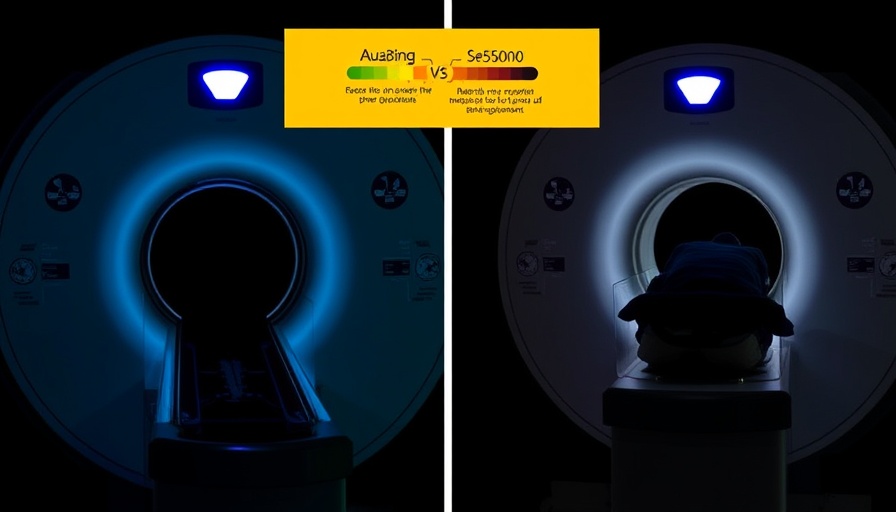
Upright vs. Recumbent MRI: Understanding the Differences
For chiropractors and their patients, the choice between upright and recumbent MRI can significantly impact diagnosis and treatment outcomes. A newly published systematic review in the Spine Journal draws on data from 19 studies, encompassing over 5,200 participants, to explore these differences. More importantly, it looks at which method correlates better with reported pain levels in patients. This information could transform how we approach spinal imaging.
Why the Methodology Matters
Upright MRIs allow patients to be scanned while standing or sitting, simulating a more natural position. This is crucial because gravity exerts pressure on the spine differently in these positions compared to lying down. Understanding how these factors affect imaging can lead to more precise diagnoses and tailored treatment plans. The systematic review underscores the necessity of evaluating pain levels concurrently with imaging techniques, offering a holistic view of patient needs.
Implications Tailored for Chiropractic Practices
Chiropractors can leverage these findings to provide evidence-based care. By understanding the nuanced differences in imaging results, practitioners can adopt best practices in patient management. Implementing protocols that favor the upright MRI may lead to improved patient outcomes, thereby increasing referral rates and overall satisfaction.
Future Trends in Spinal Imaging
As we look ahead, the integration of upright MRI might also affect technological advancements in imaging machines, making them more accessible in chiropractic offices. Embracing these innovations can allow chiropractors to offer state-of-the-art diagnostics that align with modern healthcare demands. Moreover, as patient preferences evolve towards less invasive and more comfortable procedures, continuing to adapt to these trends will be vital.
Conclusion
In summary, the choice between upright and recumbent MRIs goes beyond personal preference—it directly influences patient care. For chiropractors, understanding the implications of this research can enhance treatment strategies and align with best practices for effective patient management. As this field continues to evolve, staying informed is crucial for optimizing patient outcomes and satisfaction.
 Add Row
Add Row  Add
Add 




Write A Comment